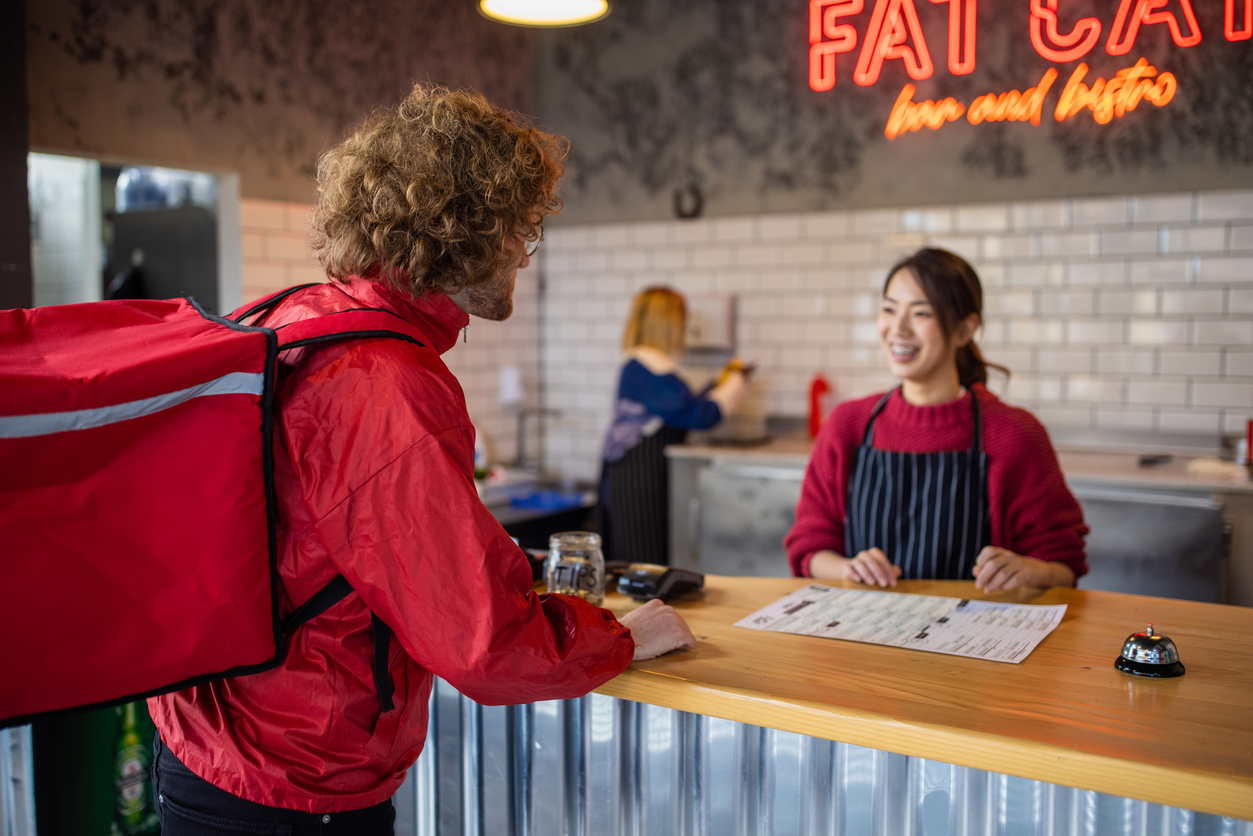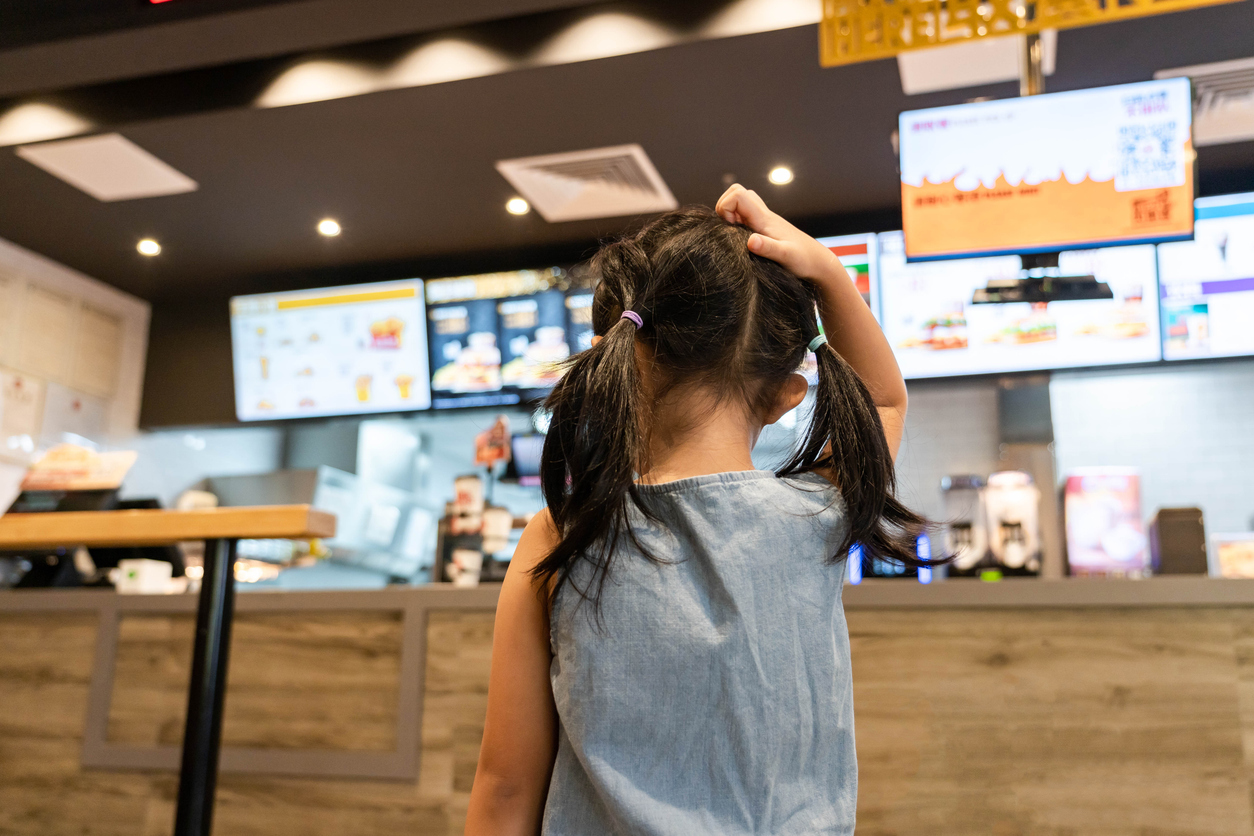Pop-up restaurants have become a viable alternative to more traditional restaurant concepts in recent years, offering unique and temporary culinary experiences that create interest and attract new customers. These pop-ups are known for their creativity and flexibility, often appearing in unconventional locations or for limited periods. They provide chefs and restaurateurs with a platform to experiment, showcase their talents, and engage with a diverse audience without the constraints of a permanent location. Whether they emerge as one-time events or seasonal attractions, pop-up restaurants redefine how we experience food.
What Is A Pop-Up Restaurant?
A pop-up restaurant is a temporary dining space set up for a limited period. Unlike traditional restaurants, which operate continuously, pop-ups are short-term ventures, often lasting only a few days or months. They are usually created to test new concepts, promote a brand, or offer a unique dining experience.
Pop-up restaurants differ from traditional establishments in several ways. They can operate in different settings, from vacant storefronts to outdoor spaces or even inside another restaurant. They also often feature unique themes or limited-time menus not found in traditional eateries.
Various pop-up restaurants include event-based setups, themed dining experiences, and chef collaborations. Each one offers something special, catering to a specific crowd and exciting the dining industry. For example, some pop-ups focus on seasonal ingredients, while others might be centered around a specific event, such as a music festival or a cultural celebration.
Benefits Of Running A Pop-Up Restaurant
Pop-up restaurants have become a growing trend in the culinary world. Here’s a look at some of the key benefits:
Creativity And Innovation
Pop-up restaurants provide a unique platform for chefs and restaurateurs to explore new ideas and experiment with creative menu concepts. The temporary nature of these setups allows for greater freedom to try different cuisines, themes, and dining experiences without the pressure of long-term commitment.
Some of the most successful pop-ups have been built around creative ventures, such as unique cultural themes, limited-edition menus, or artistic collaborations. This flexibility has given chefs the opportunity to introduce dishes that may not fit into their regular restaurant menus, allowing them to test new ideas and refine their culinary offerings.
Flexibility In Operations
Operating a pop-up restaurant is much more flexible than running a traditional restaurant. You can adapt quickly to changing circumstances, whether shifting your location, adjusting your hours, or modifying your menu. Pop-ups can also operate in diverse locations—from trendy urban spaces to outdoor venues—allowing restaurateurs to reach different markets.
The flexible nature extends to staffing as well. You can hire a smaller team, often temporarily, reducing the financial burden of long-term employment. Additionally, because of their temporary status, pop-ups can more easily adjust their operations based on customer demand and other market factors.
Lower Startup Costs
One of the biggest advantages of running a pop-up restaurant is the lower startup cost. Traditional restaurants require a significant investment in rent, interior design, equipment, and staffing. In contrast, pop-ups operate in temporary locations and often require minimal investment in infrastructure. Lower overheads mean you can test your concept without taking on as much financial risk.
For aspiring restaurateurs, a pop-up can serve as a stepping stone, allowing them to build their brand, gather feedback, and refine their ideas before committing to a permanent location.
Opportunity For Market Testing
A pop-up restaurant is an excellent way to test new concepts and gauge market demand. By running a pop-up, you can collect customer feedback, refine your offerings, and see how well your ideas resonate with your target audience. This real-world data can be invaluable in helping you make informed decisions about your next steps, whether opening a permanent restaurant or pivoting to a new concept.
Pop-ups also offer a chance to build a loyal customer base. People who enjoy your pop-up experience are more likely to follow you and support your future ventures.
Key Characteristics Of Pop-Up Restaurants
Pop-up restaurants are known for several distinctive features that set them apart from traditional eateries:
Temporary Nature
The defining characteristic of a pop-up restaurant is its temporary status. These dining spots operate for a limited time, from a few days to several months. This temporary nature creates a sense of urgency and exclusivity, attracting diners eager to try something new before it disappears.
Unique Locations
Pop-up restaurants often choose unconventional or creative locations that enhance the dining experience. These include art galleries, rooftops, parks, or even abandoned warehouses. The choice of location can make the dining experience more memorable and create a surprise for customers.
Creative Menu Offerings
Pop-ups are celebrated for their inventive and often experimental menus. Chefs use these temporary setups to showcase new recipes, test dishes, or offer unique items unavailable in their regular restaurants. From themed dinners to innovative fusion cuisine, the possibilities are endless.
How To Start A Pop-Up Restaurant
Starting a pop-up restaurant can be an exciting venture but requires careful planning. Here’s a step-by-step guide to get you started:
Concept Development
Your concept is the foundation of your pop-up restaurant. Define a clear theme, menu, and target audience. Consider what makes your pop-up unique and why customers want to visit. Successful concepts often tap into current trends, offer a unique dining experience, or feature limited-time offerings.
Business Planning
Even though pop-ups are temporary, they still require detailed business planning. Create a budget, forecast your finances, and set specific goals. Your plan should include everything from operational costs to marketing strategies. This level of preparation helps ensure your pop-up runs smoothly and meets your objectives.
Selecting A Location
The right location is critical to your pop-up’s success. Look for a spot with high foot traffic, good visibility, and easy accessibility. The location should align with your concept and attract your target audience. Negotiate lease agreements or find temporary spaces that allow you to operate within your budget.
Navigating Legal Regulations
Like any other food business, pop-up restaurants must comply with legal regulations. You must obtain the necessary permits, ensure you meet health and safety standards, and secure adequate insurance. Each location may have different requirements, so research local regulations carefully.
Setting Up Technology And Reservations
Technology plays a key role in managing a pop-up restaurant. To ensure smooth operations, set up reservation systems, point-of-sale (POS) systems, and online ordering platforms. Reliable technology solutions help you manage your business efficiently and provide a seamless experience for your customers.
Menu Planning And Sourcing Ingredients
Your menu is central to your pop-up’s success. Design a menu that aligns with your concept and appeals to your target audience. Sourcing high-quality ingredients is also crucial. Establish strong vendor relationships and consider seasonal availability when planning your offerings.
Marketing Strategies For Pop-Up Restaurants

Effective marketing is essential for attracting customers to your pop-up restaurant. Here are some strategies to help build buzz and drive traffic:
Building Buzz Through Social Media
Social media is a powerful tool for promoting your pop-up. Platforms like Instagram, Facebook, and X (formerly Twitter) allow you to reach a wide audience and create excitement around your concept. Share behind-the-scenes content, updates, and promotions to keep followers engaged.
Collaborating With Local Influencers
Partnering with local influencers can boost your pop-up’s visibility. Choose influencers whose audience aligns with your brand and values. Collaborations can include sponsored posts, giveaways, or hosting exclusive events. A well-executed influencer partnership can drive significant traffic to your pop-up.
Creating Limited-Time Offers
Limited-time promotions and exclusive menu items create urgency and encourage customers to visit before it’s too late. To entice diners, you can offer discounts, special combos, or themed nights. These offers increase foot traffic and create a buzz that can lead to repeat visits.
Engaging With The Community
Community engagement is key to building a loyal customer base. Host events, participate in local festivals, or support charitable causes to connect with the community. Successful pop-ups often become well-loved local spots by actively involving themselves in the neighborhood.
Success Factors For Pop-Up Restaurants
While pop-up restaurants have their challenges, several factors contribute to their success:
Understanding Target Market
Knowing your target audience is crucial. Research their preferences, spending habits, and what excites them. Use surveys, social media, and market trends to gather insights. Tailor your menu, location, and marketing efforts to meet their needs and interests.
Effective Pricing Strategies
Setting the right price is a balancing act. Your prices should reflect the quality of your offerings while remaining attractive to your target audience. Explore different pricing strategies, such as competitive pricing or value-based pricing. Regularly adjust your prices based on customer feedback, sales performance, and location.
Customer Service And Experience
Great customer service is key to success. Train your staff to deliver excellent service and create a welcoming atmosphere. Gathering and acting on customer feedback can help improve your offerings and create positive word-of-mouth.
Challenges Of Running A Pop-Up Restaurant
Running a pop-up restaurant can be an exciting venture, but it comes with challenges. Here’s a closer look at some of the key difficulties you might face:
Managing Resources Efficiently
Resource management is crucial in a pop-up restaurant, where space and time are often limited. Since you have only a short operation window, planning your menus carefully is essential to save time. Optimizing staffing is also critical to ensure you have the right number of people to handle the service without overstaffing or understaffing.
Keeping costs under control requires a strategic approach, balancing the need for high-quality ingredients and efficient operations. Flexibility is key; adapting quickly to unexpected challenges, such as equipment failures or sudden changes in customer volume, is crucial for maintaining smooth operations.
Adhering to Local Health Regulations
Health and safety regulations are paramount when running any food service operation, including pop-up restaurants. Compliance with these regulations is essential to ensure the safety of your customers and avoid legal issues. Regulations can vary widely depending on your location, so it’s important to be well-informed about the specific requirements in your area. This includes obtaining the necessary permits, following food handling guidelines, and passing health inspections. Understanding and adhering to these regulations helps prevent potential fines or shutdowns and ensures a safe dining environment for your guests.
Maintaining Consistency in Quality
Maintaining high and consistent quality in a temporary setup can be challenging. With a permanent kitchen and established processes, replicating the same quality level with each service can be easier. To address this, standardizing recipes and procedures is crucial. Providing thorough training for your staff helps ensure everyone is on the same page regarding food preparation and service standards.
Implementing quality control measures, such as regular taste tests and process checks, can help maintain consistency and deliver a reliable dining experience. This focus on quality helps build customer trust and encourages repeat business, even in a temporary setup.
Crafting A Memorable Pop-Up Restaurant Experience With Checkmate
Whether launching your first pop-up or looking to refine your strategy, creating a memorable experience requires attention to detail with Checkmate online management. Every element plays a role in your success, from concept development and marketing to operations and customer engagement. By leveraging our powerful solutions, you can focus on delivering a unique and unforgettable experience that stands out and leaves a lasting impression.





